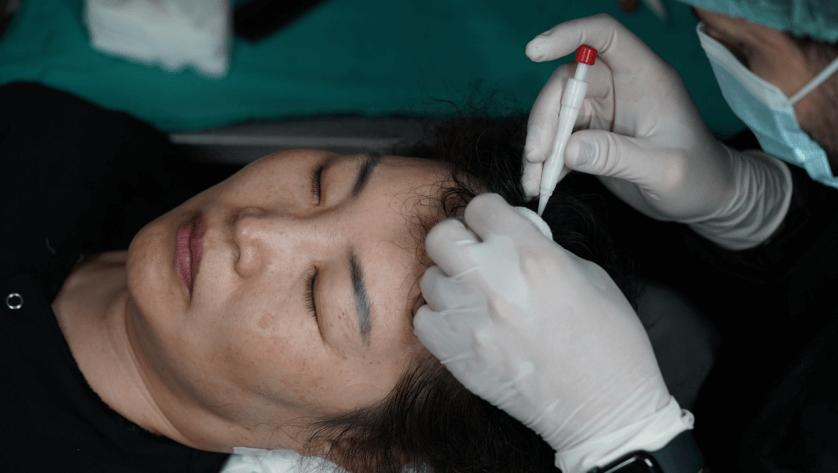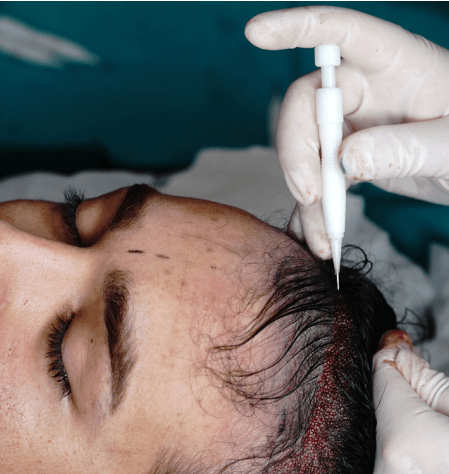ТРАНСПЛАНТАЦИЯ НЕБРИТЫХ ВОЛОС
How is a unshaven hair transplant performed?
Трансплантация небритых волос — это метод, позволяющий пересадить волосы без бритья передней, боковой и верхней части волос. В течение В ходе процедуры донорская область бреется отдельно, а необходимые фолликулы собираются, а остальные волосы остаются нетронутыми. Этот метод особенно популярен среди людей с длинными волосами. Поскольку выбритая область сверху скрыта длинными волосами, она не заметна.
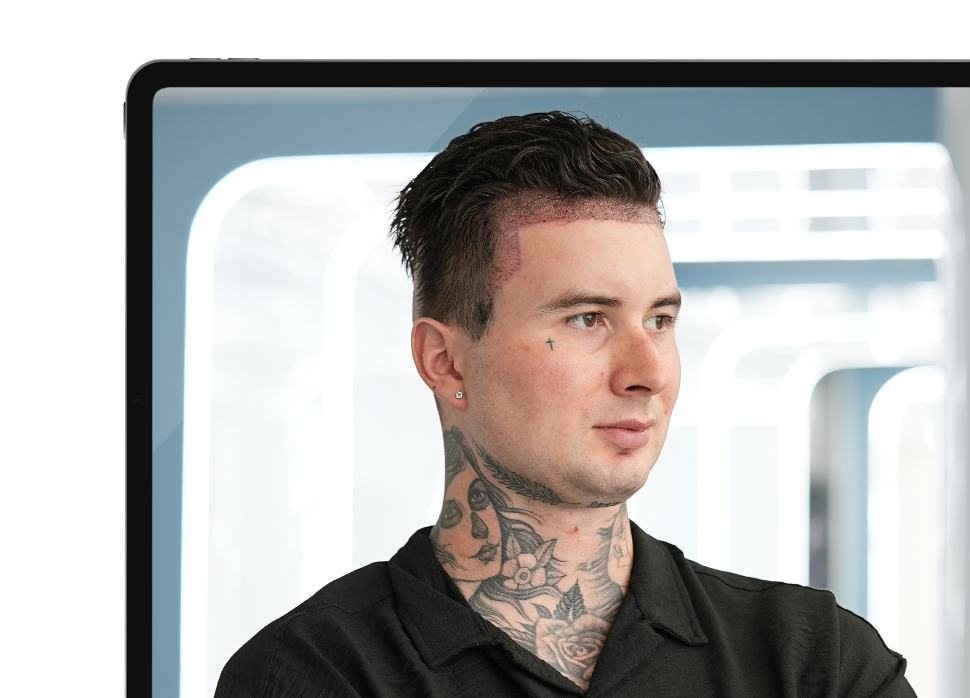
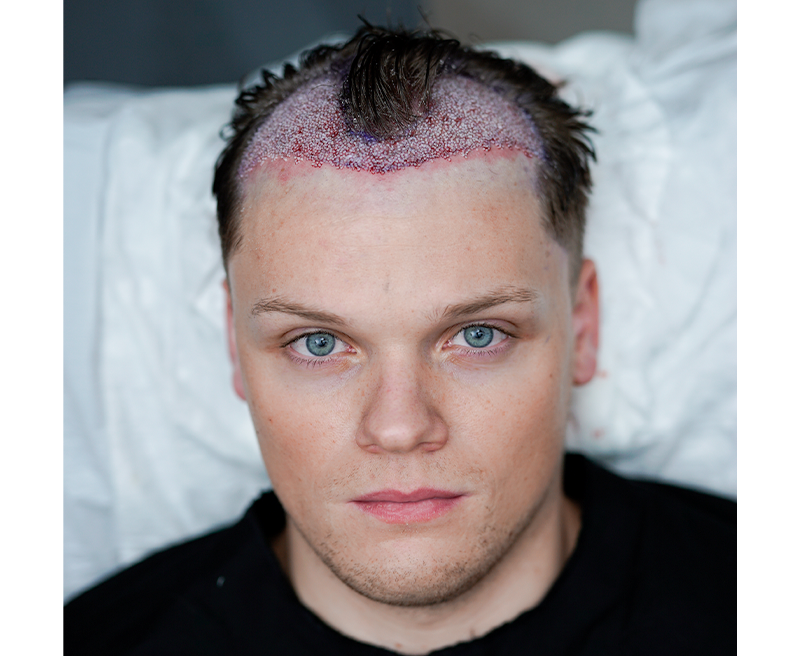
КОМУ ПОДХОДИТ ТРАНСПЛАНТАЦИЯ НЕБРИТЫХ ВОЛОС?
Трансплантация небритых волос может быть выполнена с использованием различных методов, таких как трансплантация волос DHI и CHOI PEN, которые можно выбрать. исходя из потребностей человека и рекомендаций врача.br Один из методов предполагает открытие небольшого окна в донорской области для сбора фолликулов, что предпочитают женщины. В данном случае небритые волосы Трансплантацию все еще можно провести, но может быть не совсем ясно, какие фолликулы были извлечены из донорской области. Существует также метод трансплантации полностью небритых волос, но он может зависеть от количества необходимых корней. Эта техника обычно используется для увеличения плотности на небольших, узких и ограниченных участках, в среднем от одной тысячи до тысячи пятисот корней. трансплантировали методом DHI и CHOI PEN.br В целом, люди, которые могут иметь право на трансплантацию небритых волос, включают :
- The following individuals may benefit from unshaven hair transplantation:
- Люди с залысинами
- Женщины с выпадением волос
- Люди с очаговым выпадением волос в определенных областях
- Overall, unshaved hair transplantation offers a versatile solution for various hair loss conditions, addressing the specific needs of different candidates while focusing on aesthetic outcomes.
В ЧЕМ ПРЕИМУЩЕСТВА ТРАНСПЛАНТАЦИИ НЕБРИТЫХ ВОЛОС?
Трансплантация небритых волос имеет ряд преимуществ, в том числе:
- Поддержание внешнего вида волос до и после процедуры
- Устранение необходимости в фазе роста волос после трансплантации
- Сокрытие факта проведения пересадки волос
- Unnoticeable recovery period: The no-shave method allows patients to resume their work more quickly, with minimal attention from others.
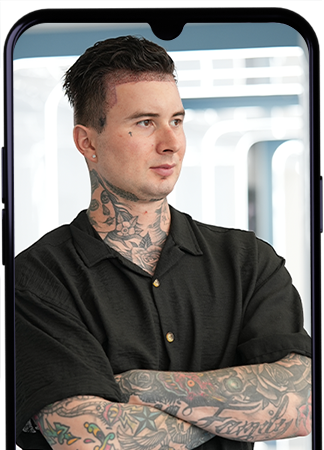
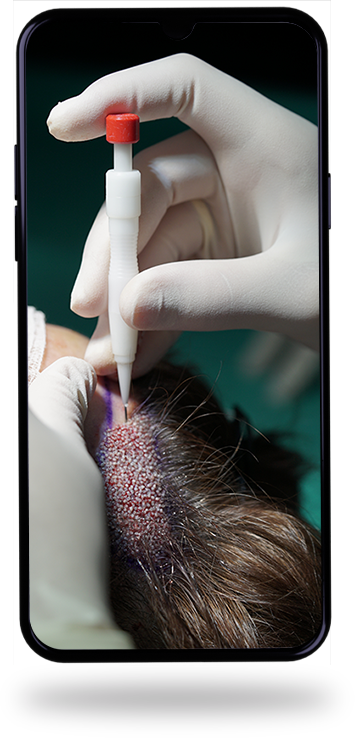
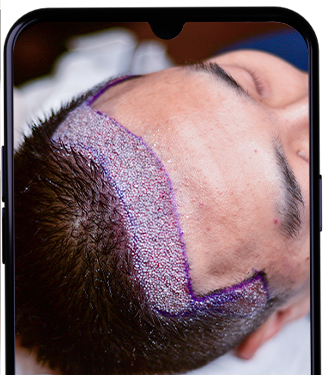


 Deutsch
Deutsch
 English
English
 français
français
 italiano
italiano
 Türkçe
Türkçe
 русский
русский
 한국어
한국어




